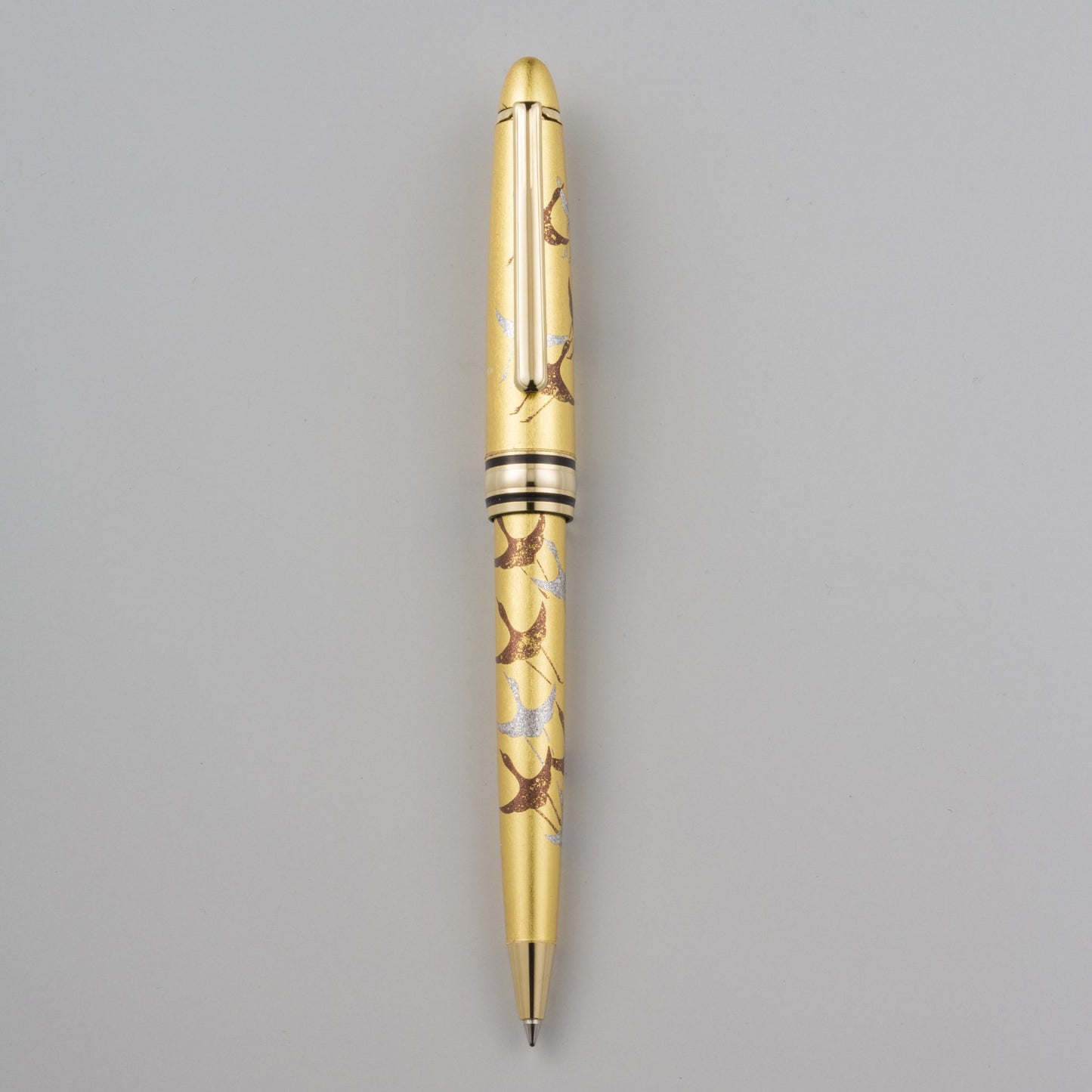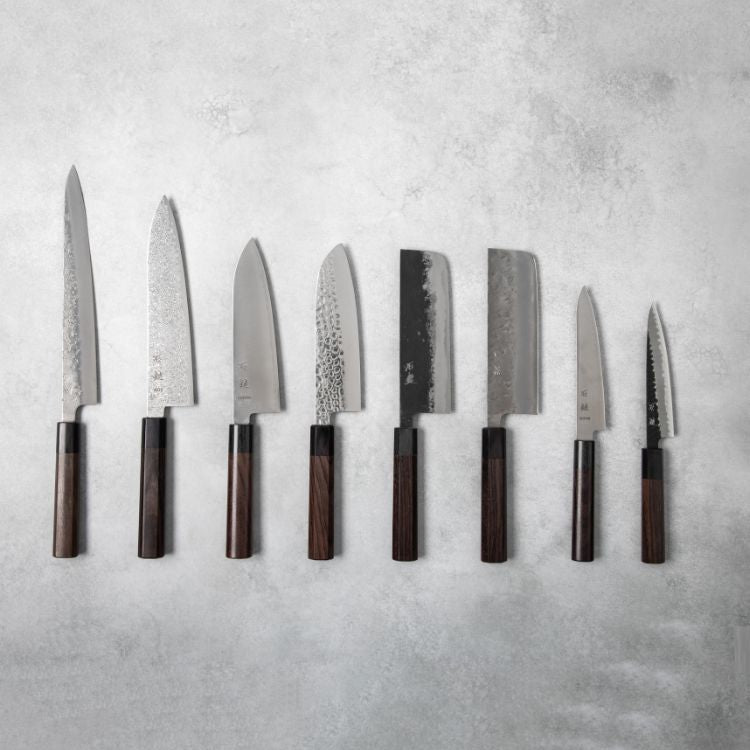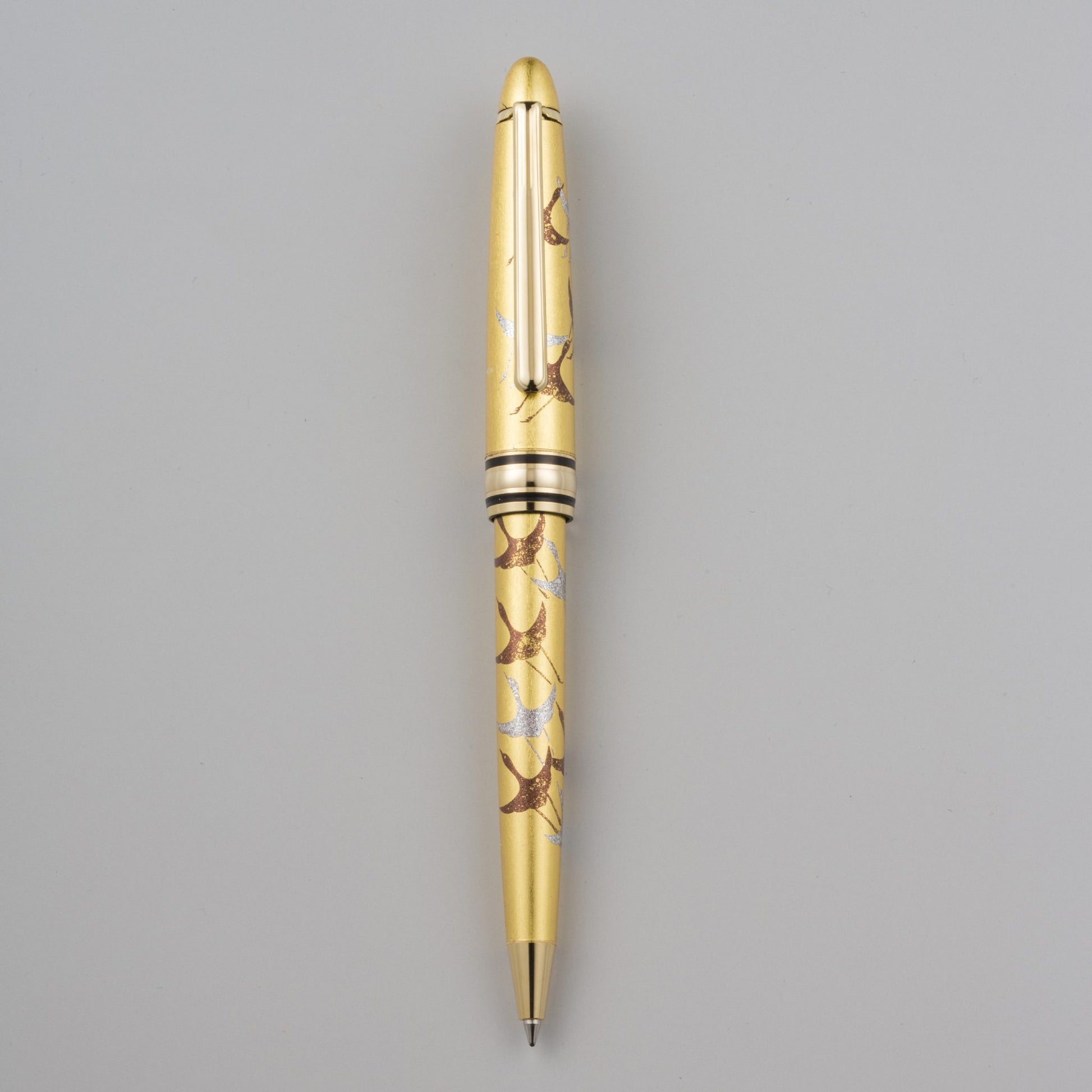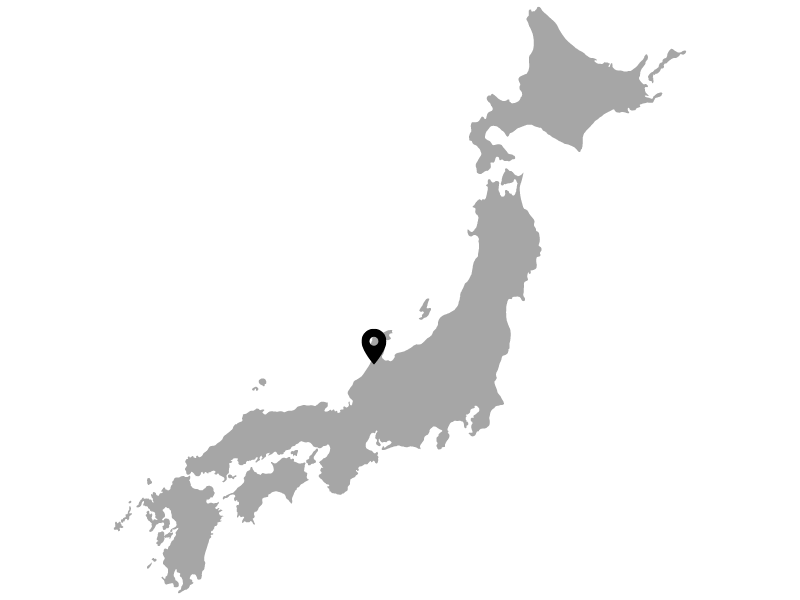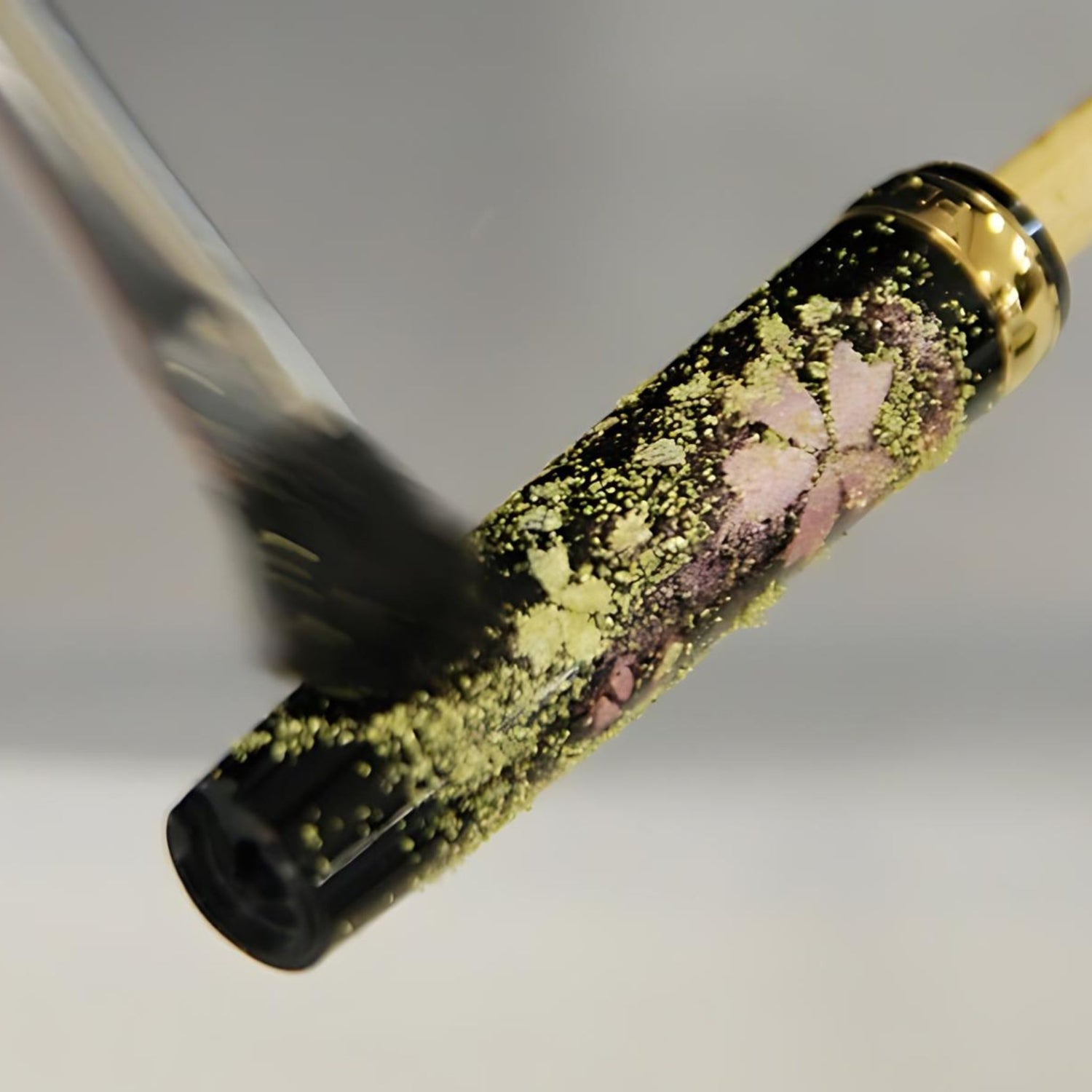Maki-e Gold Ballpoint Pen 1000 Cranes
Maki-e Gold Ballpoint Pen 1000 Cranes
Couldn't load pickup availability
The Maki-e Gold Ballpoint Pen 1000 Cranes by Hakuichi is a true masterpiece of Japanese craftsmanship, embodying the spirit of tradition and elegance. Each pen is meticulously adorned with intricate cranes, meticulously hand-painted using the traditional Maki-e technique. The symbol of a thousand cranes represents longevity, happiness, and prosperity, making this pen not only a writing instrument but also a bearer of wishes and blessings.
Crafted by Hakuichi's skilled artisans in Kanazawa, renowned for its expertise in gold leaf production, this ballpoint pen showcases the timeless beauty of Japanese artistry. The meticulous application of gold foil adds a touch of luxury to every stroke, while the smooth writing experience ensures effortless use.
Detail
Detail
Care & Use
Care & Use
- Check our tips for care & use.
